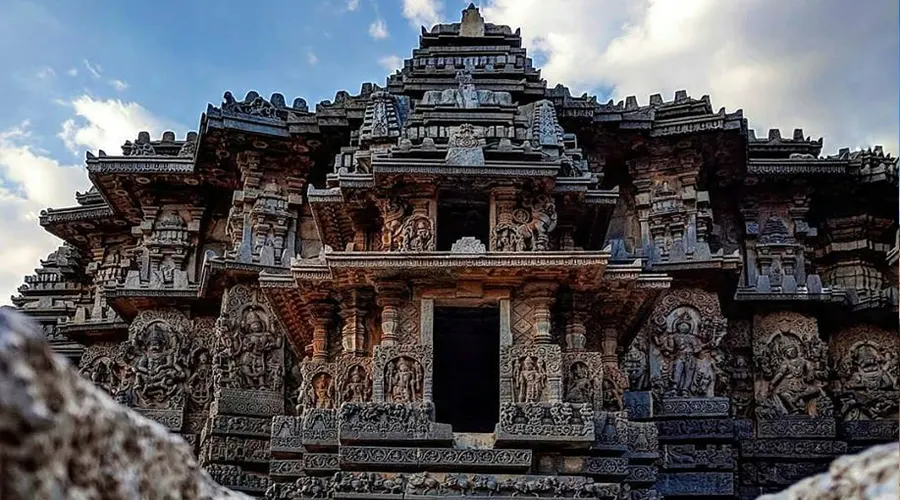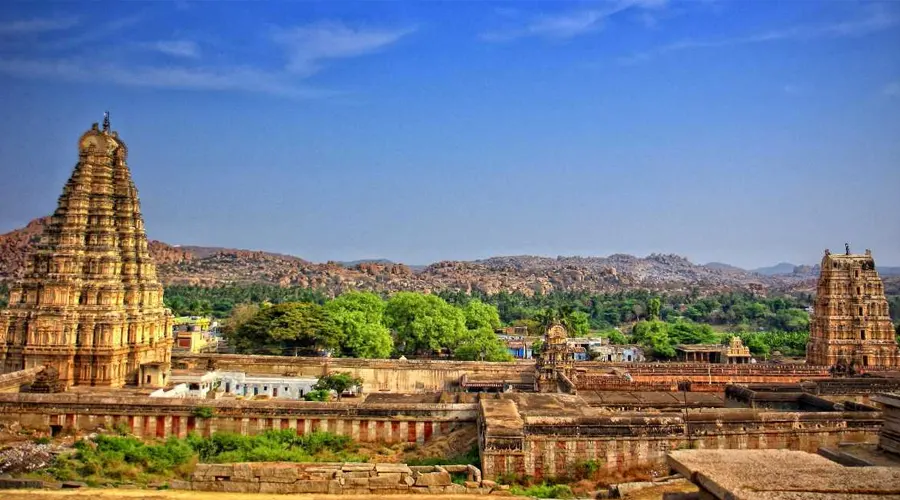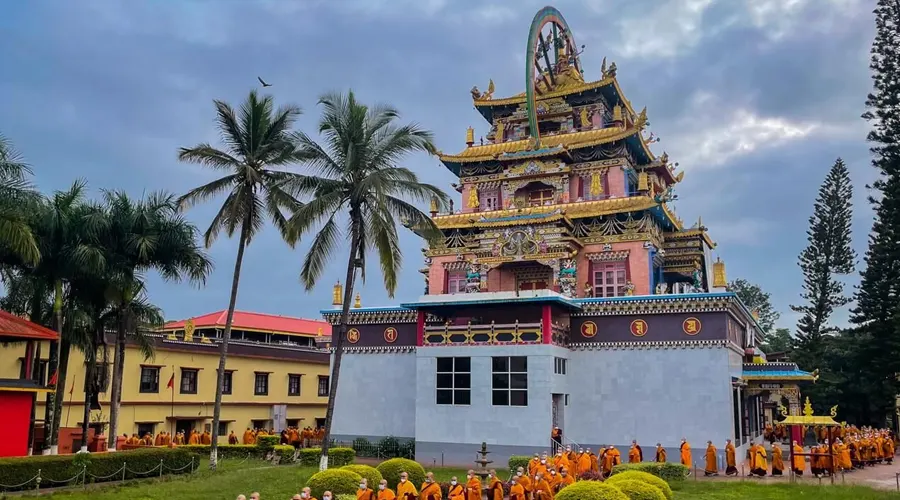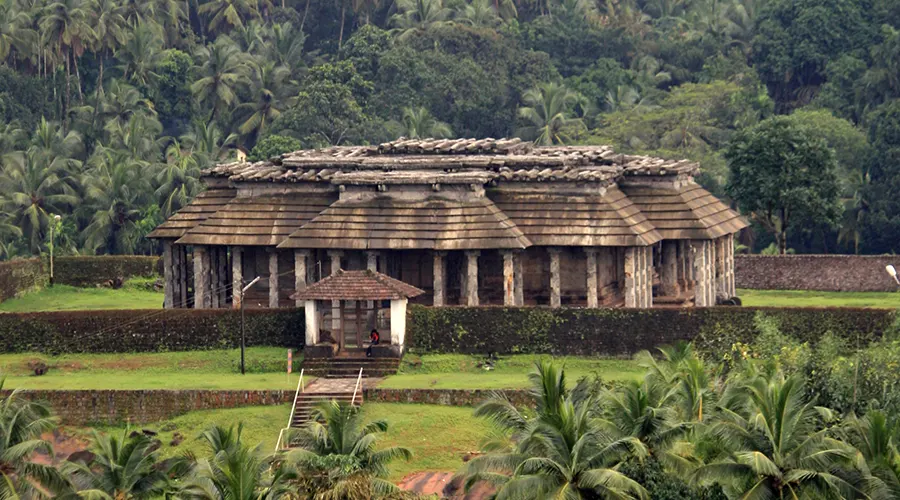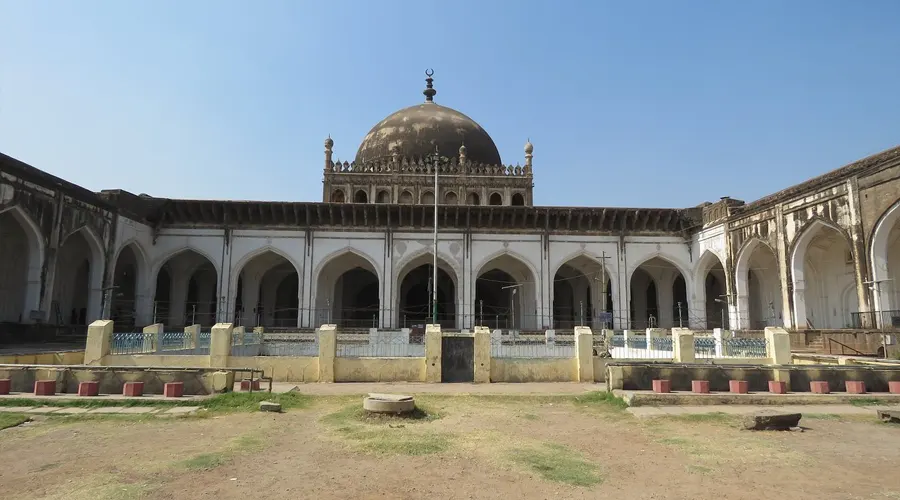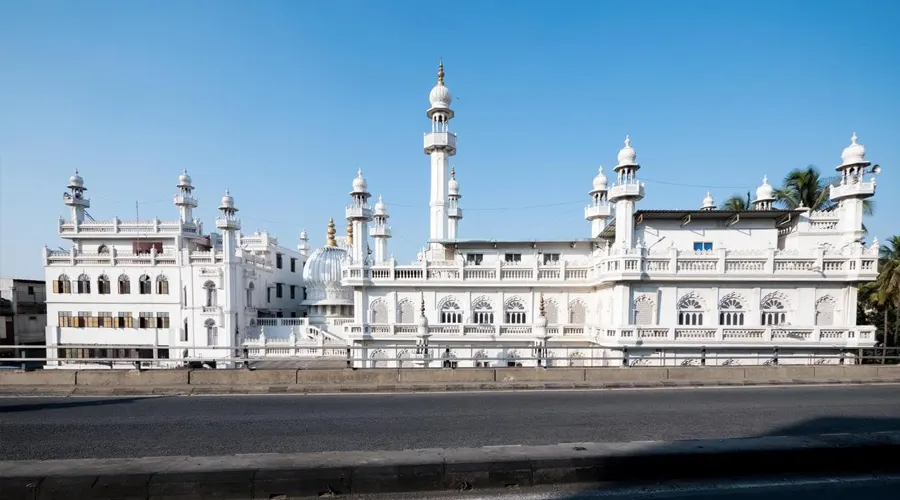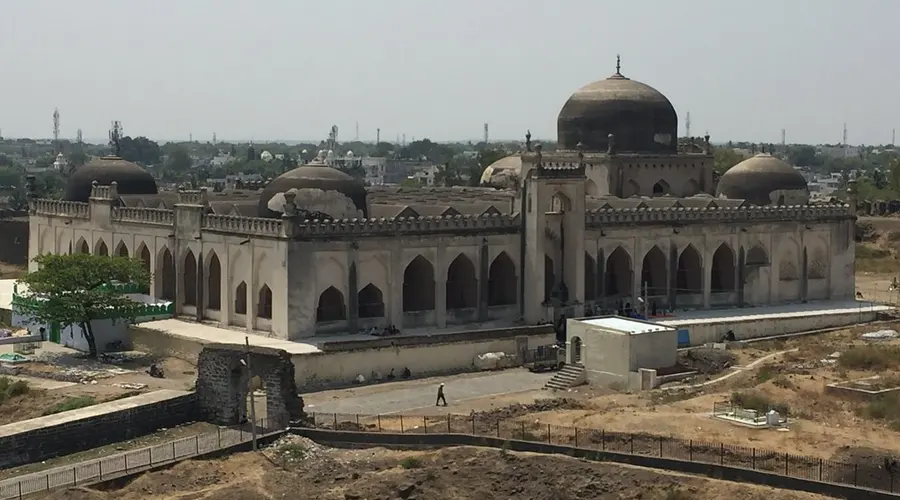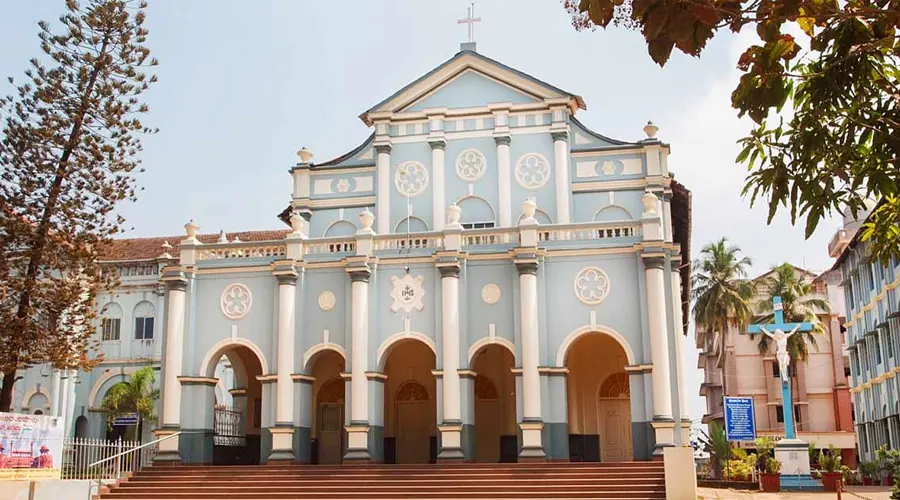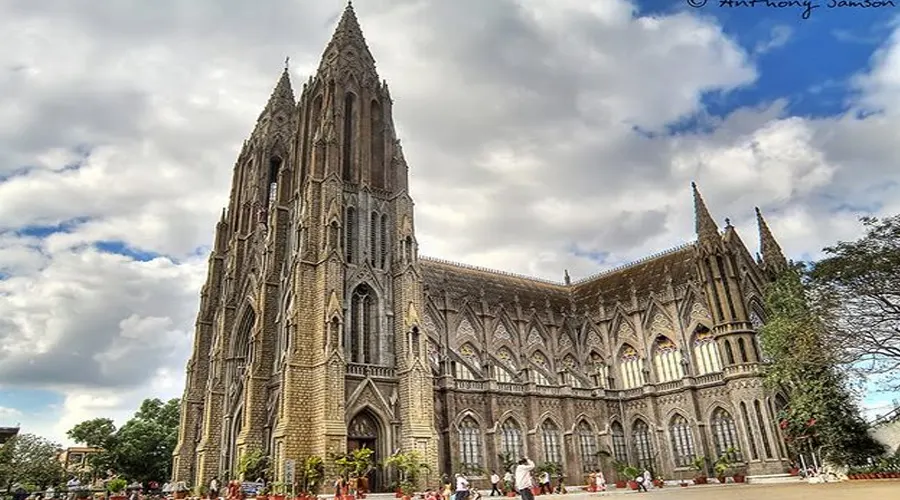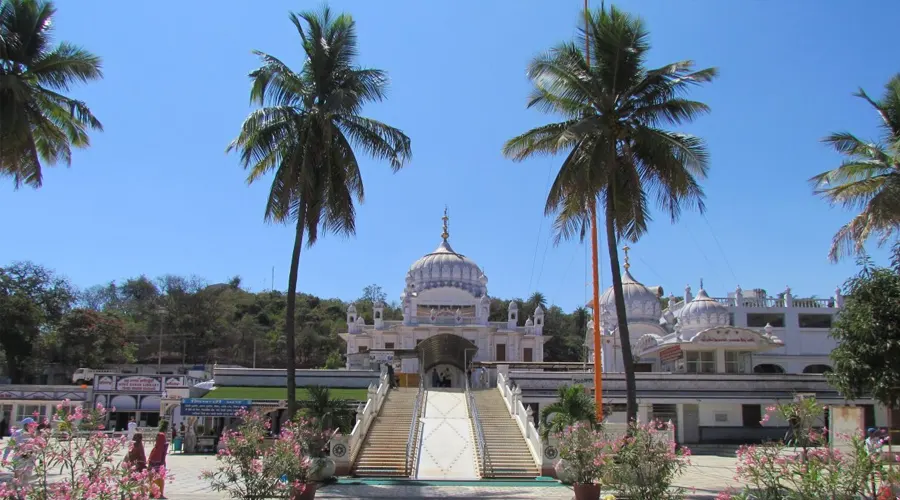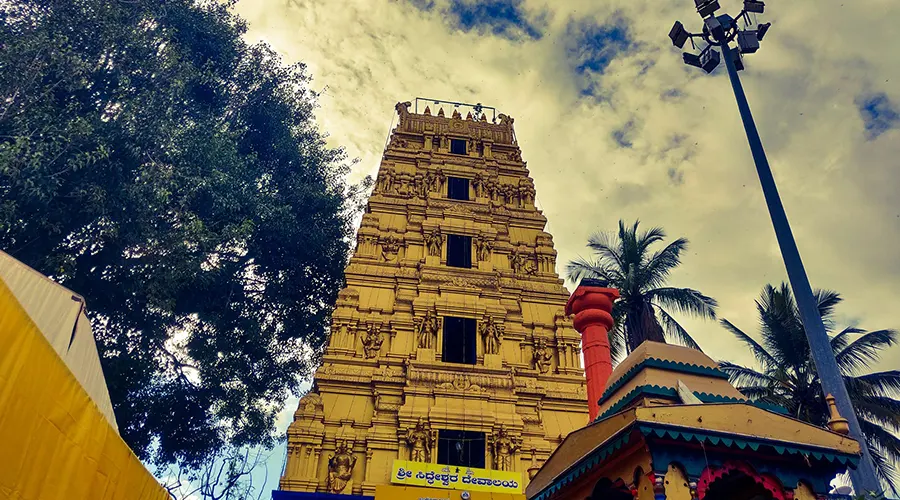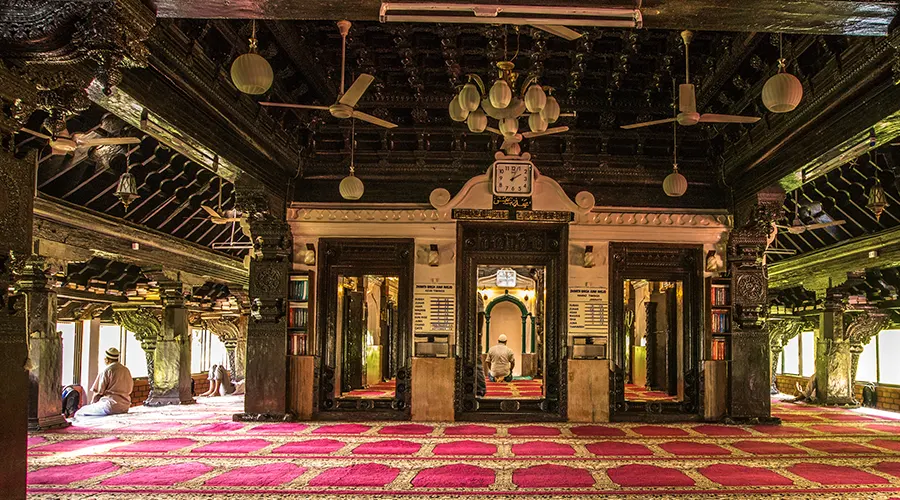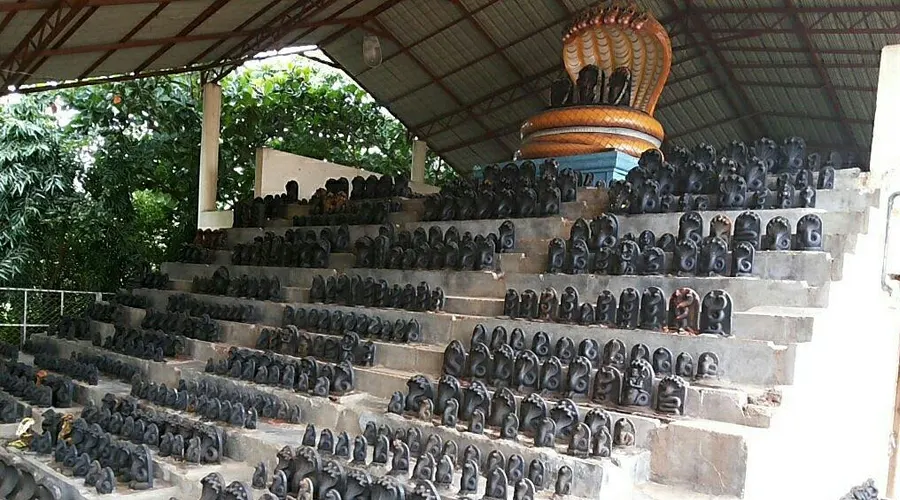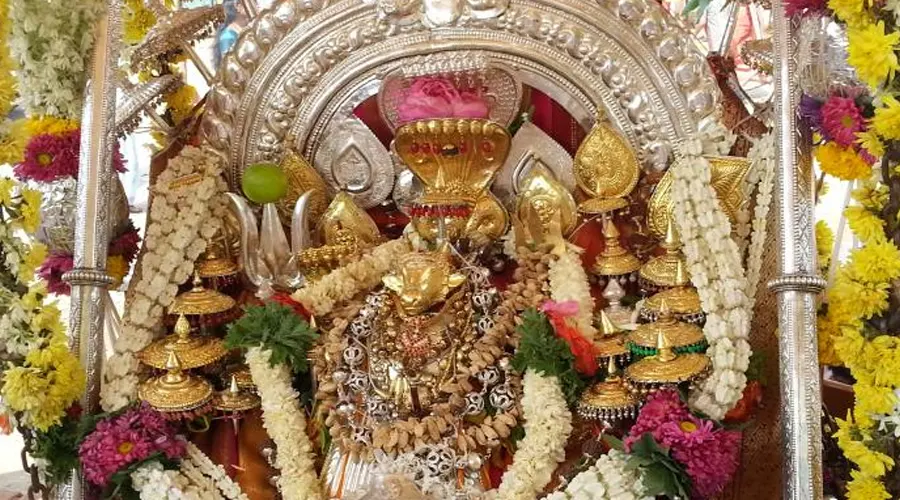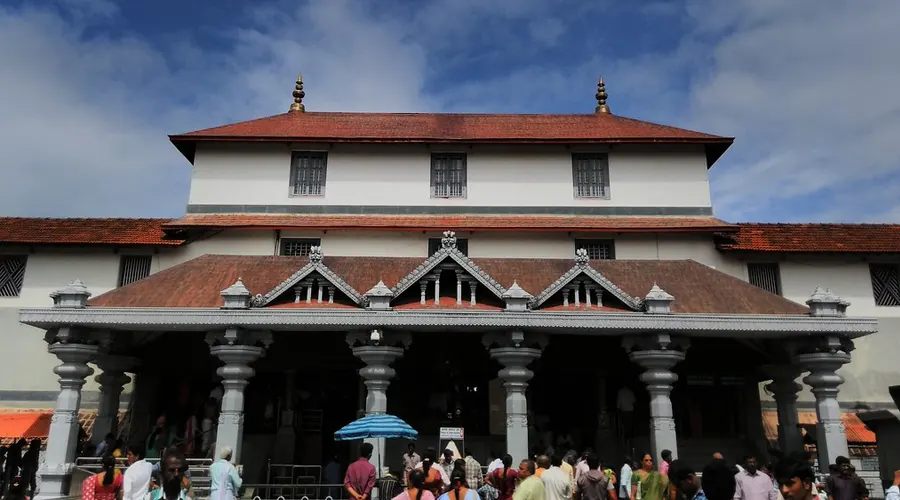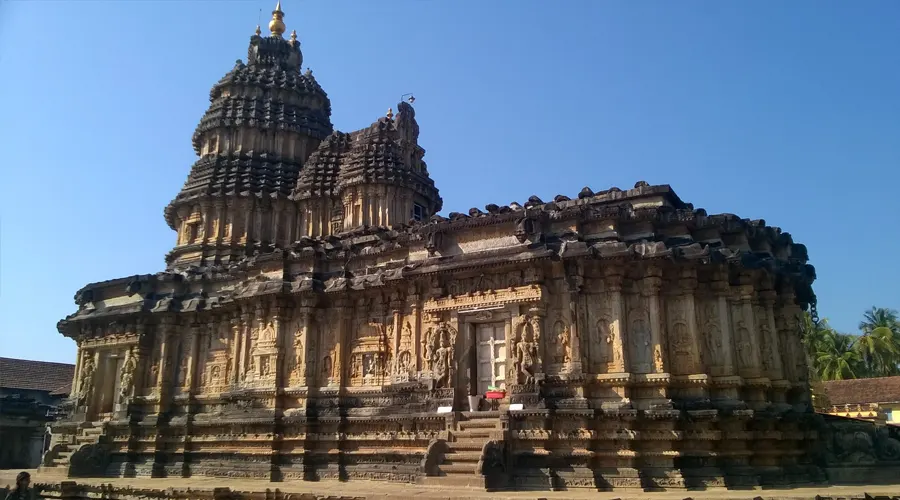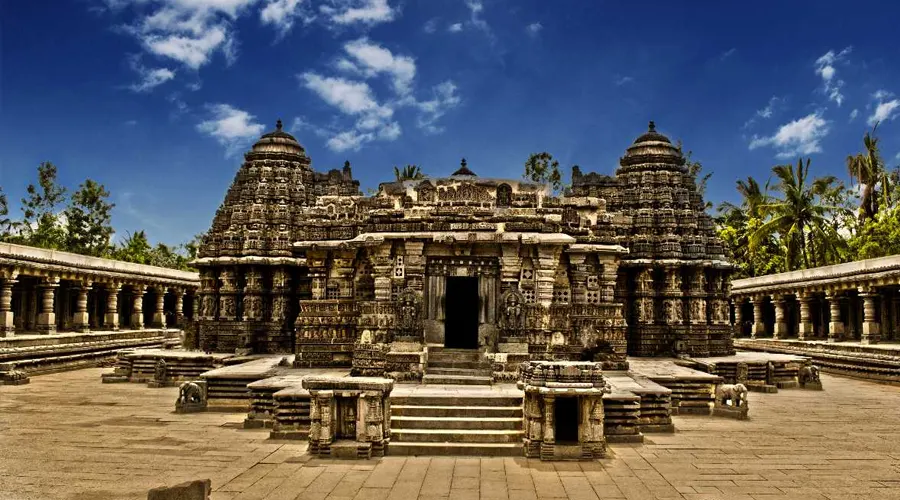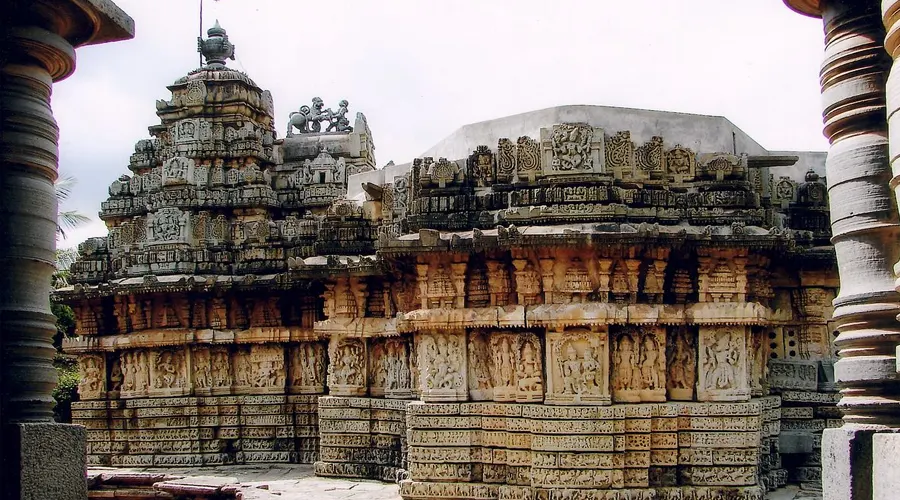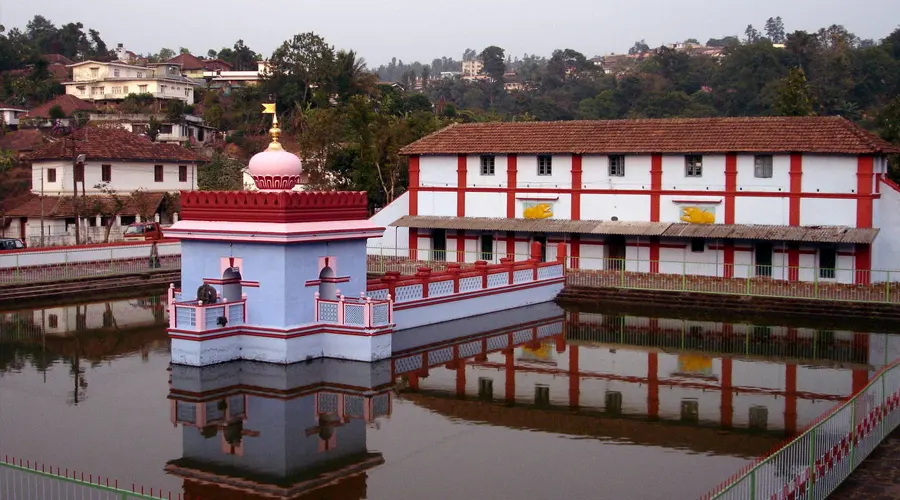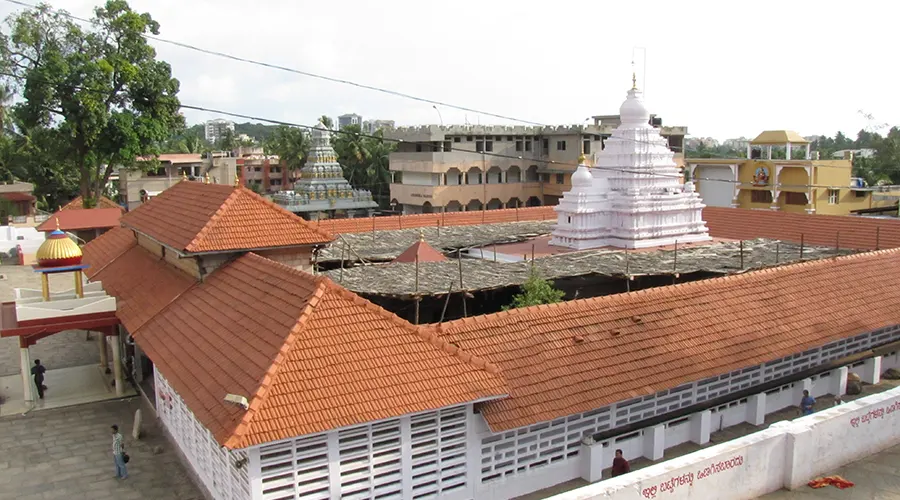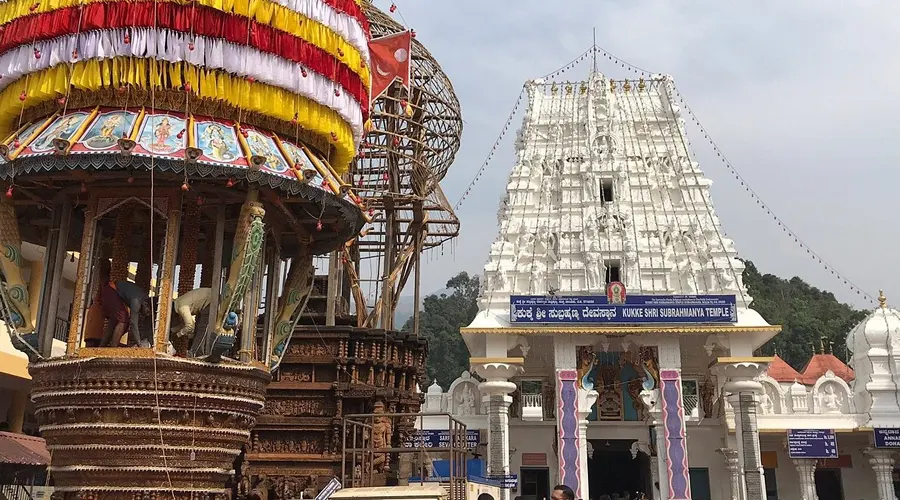Hoysaleswara Temple
Wouldn’t you love a journey back into history? The 12th century capital of the Hoysala Empire, Halebidu does just that. Home to several heritage monuments in Karnataka, the city is truly fascinating in every way. Fining its mention on our list is one of the finest examples of Hoysala architecture, Hoysaleswara Temple. The temple is acclaimed as ‘the supreme climax of Indian architecture.
Dedicated to Lord Shiva, the incredible Dravidian temple is known for carvings and sculptures that bring to life the mythological deities of Indian culture. The metal-like polishing must be seen to believe how even stones can be the greatest of treasures. Pay a visit to take blessings of the Lord but definitely to pay homage to the craftsmanship of the temple artisans.
History of Hoysaleswara Temple
Dwarasamudra (the gateway to the ocean) was the ancient name of the city in which the Hoysaleswara Temple was constructed. The city was ransacked two times by the Muslim army of Delhi Sultanate attacked the city. After this, the city of Dwarasamudra was renamed Halebidu (the city of ruins). However, not even the extreme plundering of the Muslim army could destroy the beauty and the serenity of the ancient temple of Halebid.
The credits of the commission and construction of the temple are mostly given to the erstwhile ruler of the dynasty, King Vishnuvardhana Hoysaleswara, but it is believed that one of the King's ministers Ketamala was the significant contributor to the commission of the temple. This confusion in the main commissioner is caused mostly because, unlike all the other Hoysala monuments, the Hoysaleswara temple lacks the dedication inscription.
It was built to compete with the Chennakesava temple, which was under construction as a Vaishnava temple. The construction of this shrine was completed in 1121 CE.
Architecture of Hoysaleswara Temple
The architecture of the regal temple is often regarded as a perfect example of the Hoysala style of architecture and is acclaimed as the "Supreme climax of Indian architecture". Quite like the Belur temple, this magnificent temple is also built upon a star-shaped platform with small shrines toward temple doors. Each of the shrines is adorned with stone friezes depicting lions, elephants, and horses. A small lake and a park are having beautifully manicured palm trees and open grassy fields.
The Hoysaleswara temple itself is made up of Chloritic Schist (Soapstone) and stands on a raised platform. This raised platform provides the architect with enough space, both horizontally and vertically, to depict small and large sculptures.
The outer walls of the temple are engraved with hundreds of carving telling tales of Mahabharat and Ramayan. The architect must have been made to fill the entire outer wall with beautiful sculptures without leaving any space. But, the main specialty is that no two sculptures here are the same. Various sculptures depict different designs such as Lord Krishna lifting Mount Govardhan, Bhishma Pitamh dying on the bed of arrows, Lord Ram killing the golden deer, Ram and Sita with monkeys, Krishna with his gopi, etc. The sculptures look so beautiful that it would take a devout pilgrim to focus on God.
The most complex of all these sculptures is the two beams present over the southern and the eastern entryway. Another incredible feat is the beautifully sculpted statue of Shiva's attended Nandi. The statue is acclaimed to be one of the largest monolithic statues of the character In India. A magnificent statue sits at one end of the lake. The park and the lake provide a terrific spot for photography, prayer, and picnic.
Inside, the mighty temple is laid out in a dual plan combining the two shrines of the Hoysaleswara and Santaleshwara. Both the shrines are placed next to each other and are in the shape of the Shiva Linga (the universal shape of Lord Shiva). Compared to the complex exterior the interior is quite simple. Four different porches are serving as four entryways (however only the north one is open for the visitors). The most capturing element here is the Garuda Stambha, a rare pillar depicting the story of the king's bodyguards.

